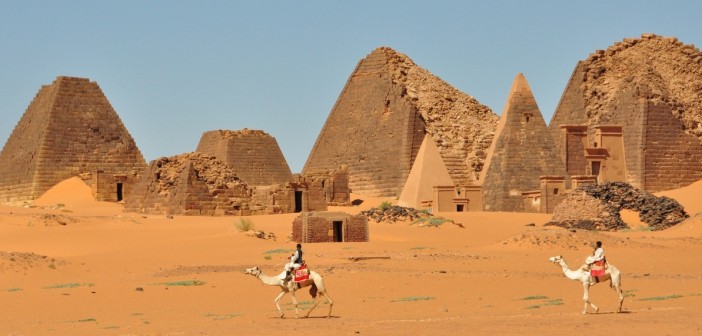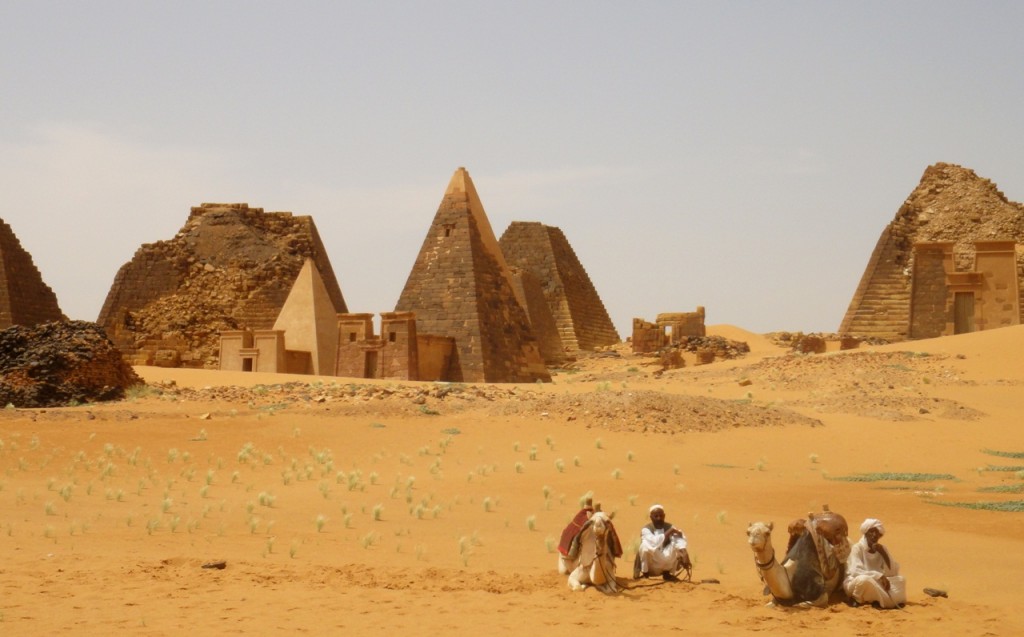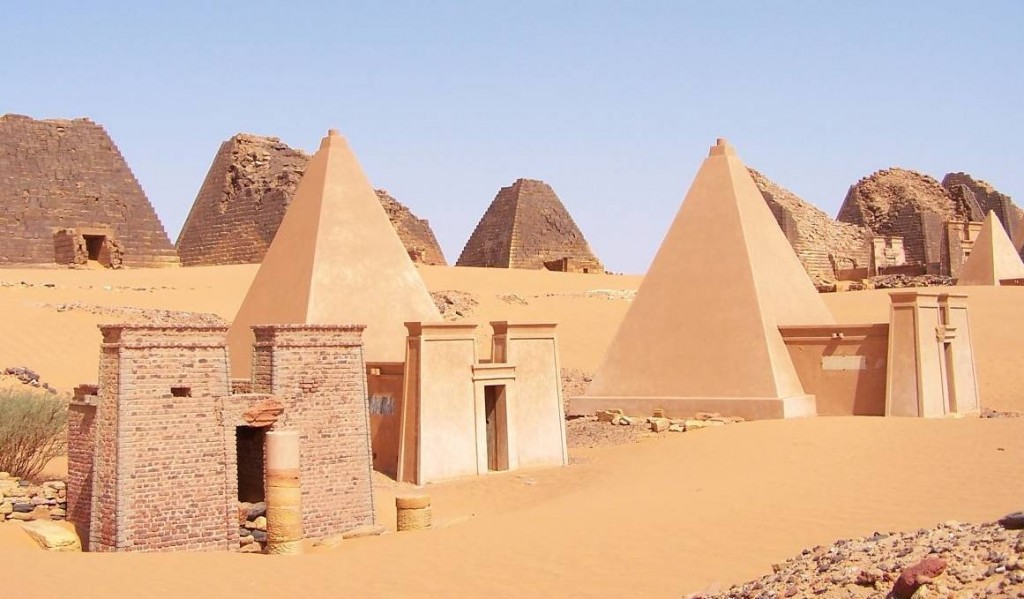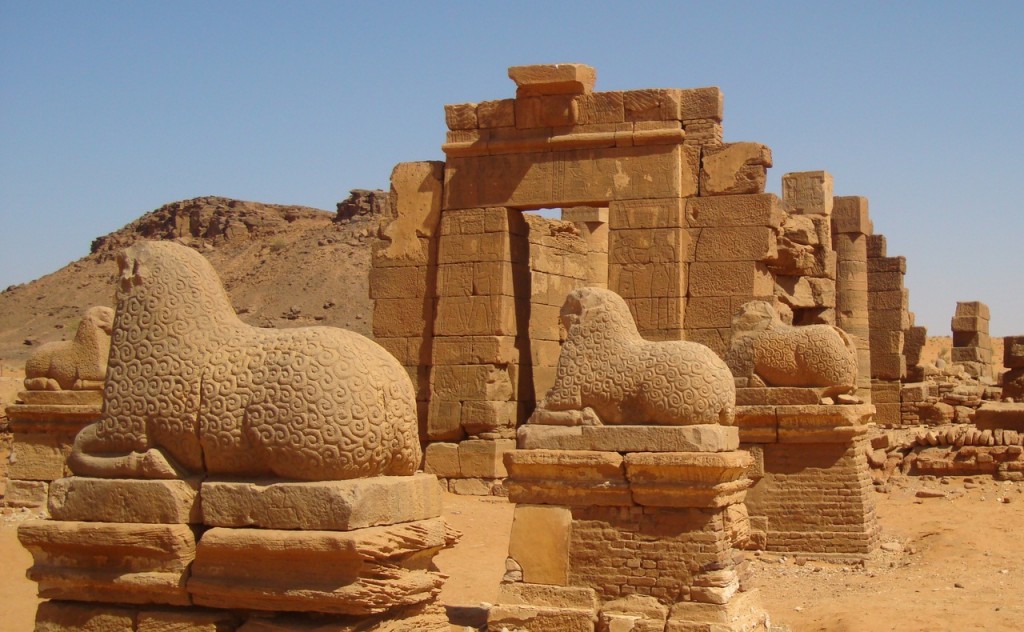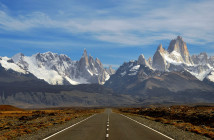When you look at pictures below, what do you see? Endless dunes, exhausted camels, intriguing pyramids and local people with faces burned by the sun and sadness in their eyes. Does it look like Egypt, Tunisia or Dubai? You’d be surprised, that is in fact Sudan – a silent antiquity forgotten by the rest of the world.
A UNESCO Heritage site, the Meroe pyramids are a bit smaller, but as impressive as the Egyptian pyramids in Giza. The name Meroe derives from it’s ancient capital status. The Kingdom of Kush, an ancient African kingdom, chose Meroe as their capital due to it’s strategic proximity to the river Nile. The Kushites dominated vast sways of Egyptian territory between 712-657 BC. It is believed their culture developed with their occupying status passing down the generations to the construction of Ancient Eygpt’s most famous symbol in approximately 300 BC.
Why have Sudan’s Pyramids have avoided mass tourism?
They seem lost in the middle of the desert with no shops, restaurants or hotels nearby. There are many reasons why. Firstly the lack of facilities. Secondly, the long distance from the capital Khartoum and finally sanctions against the government of president Omar al-Bashir over the conflicts in Darfur. Unfortunately, these aspects strongly affect Sudan’s economics and tourism.
Royal pyramids, ranging between 20 feet to 100 feet height, were built approximately 800 years after the Egyptians stopped building their pyramids. According to UNESCO, these relics are priceless and as Eric Lafforgue, the worldwide tribes photographer, says:
“Egypt doesn’t have a monopoly on pyramids, the Sudan had many of them, and discovers new ones regularly”
Although Qatar generously offered 135$ million to support and renovate Sudan’s pyramids, only 15,000 visit a year.
If you like this article you may be interested in “The Heartbraking Fate of Israel and Palestine’s Bedouin”.


